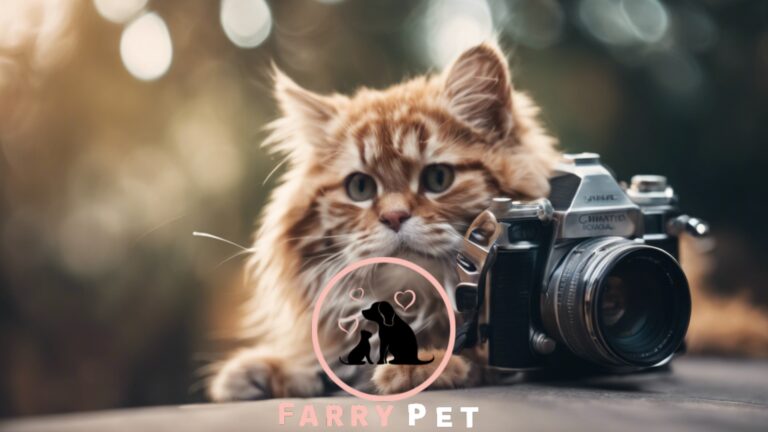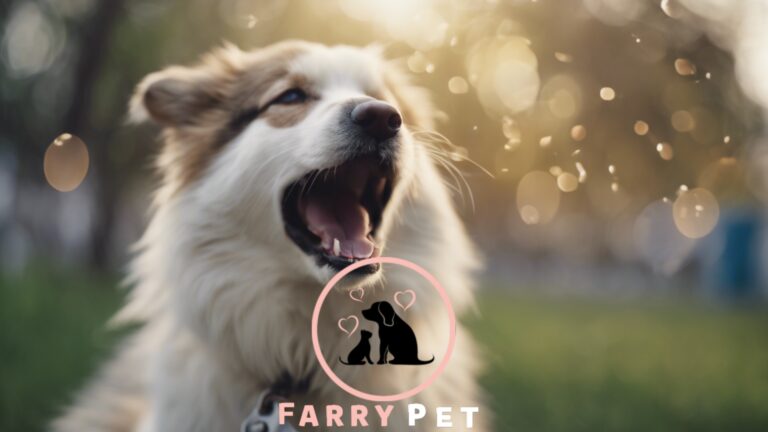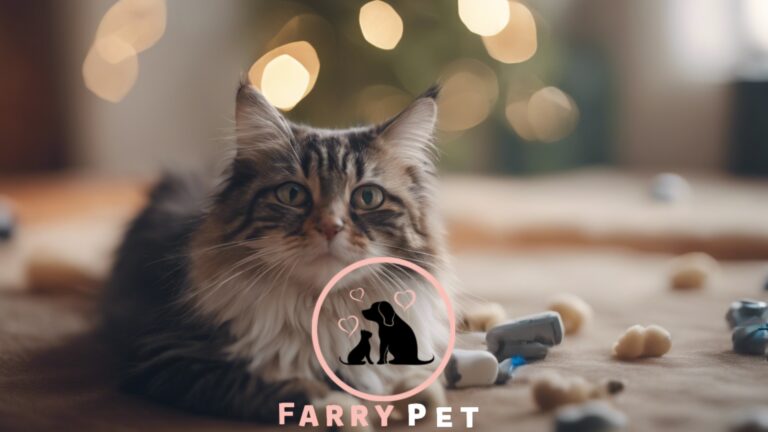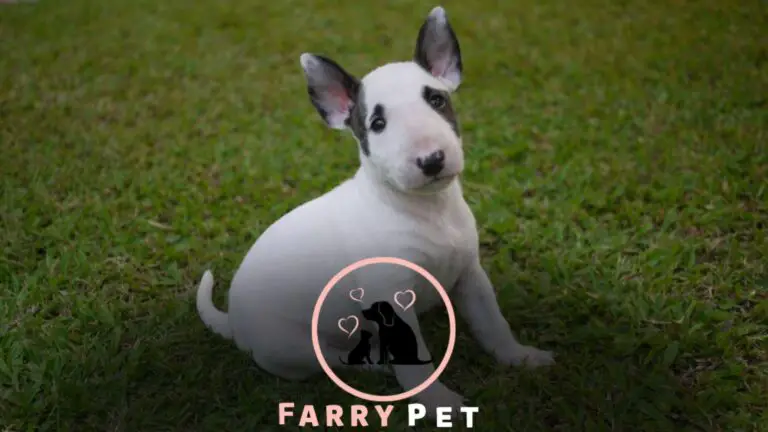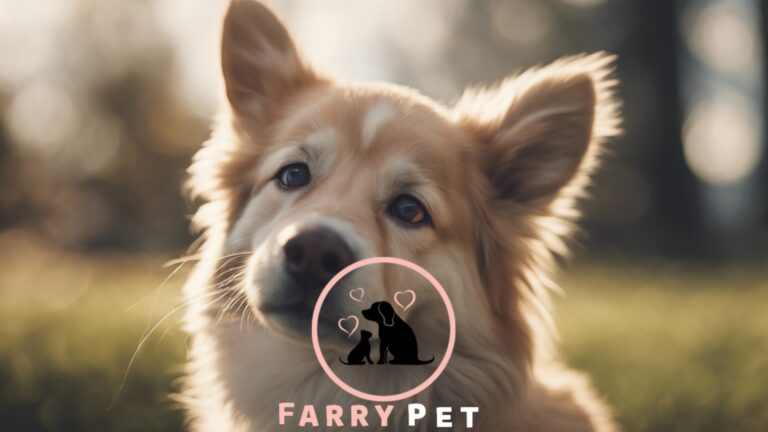
Dogs knead and bite blankets to mimic the behavior of their ancestors and for comfort. This behavior is instinctual and helps them feel secure.
When dogs knead and bite blankets, it is a throwback to their puppyhood, when they would knead their mother’s stomach to stimulate milk flow. Kneading and biting can also be a way for dogs to mark their territory and release excess energy.
Giving your dog appropriate outlets for their energy, such as regular exercise and mental stimulation, can help reduce this behavior. Providing your dog with a designated blanket or toy may help redirect their kneading and biting behavior.
Understanding the Behavior
Dogs kneading and biting blankets is a common behavior that can be traced back to their puppyhood. This instinctual behavior, known as kneading, involves the dog pushing their paws against a soft surface, such as a blanket.
It is believed to be a throwback to when dogs knead their mother’s bellies to stimulate milk production.
This behavior could also be a sign of contentment and relaxation for dogs. Furthermore, biting the blanket while kneading may serve as a way for dogs to self-soothe or comfort themselves.
Dogs may exhibit this behavior when they feel secure or seek attention or warmth.
Understanding why dogs engage in this behavior can help pet owners provide appropriate enrichment and comfort for their furry friends.
Possible Explanations
Possible explanations for why your dog kneads and bites the blanket include seeking comfort and security. Dogs may engage in this behavior to mimic nursing behavior from when they were puppies.
It provides them with familiarity and can make them feel safe.
Another reason could be marking territory with their scent. By kneading and biting the blanket, they leave their scent behind, signaling that the area belongs to them.
Lastly, dogs may do this out of boredom or anxiety. Kneading and biting can be a way for them to alleviate stress or occupy themselves when they’re feeling restless.
Understanding these possible reasons can help you better comprehend and address your dog’s behavior. So, next time you see them engaging in this action, consider their comfort, marking, and emotional state.
Managing and Redirecting the Behavior
Dog owners often wonder why their furry friends knead and bite their blankets. To manage and redirect this behavior, providing alternative outlets is crucial.
Positive reinforcement training techniques can be useful in teaching dogs to engage in more appropriate activities.
It is also important to identify any underlying reasons for this behavior and address them accordingly. Seeking professional help may be necessary for complex cases. Following these guidelines, dog owners can effectively manage and redirect their pet’s kneading and biting behavior.

Frequently Asked Questions
What Does It Mean When a Dog Bites a Blanket?
When a dog bites a blanket, it may indicate various reasons, such as boredom, teething, or comfort-seeking behavior. Some dogs may find chewing on blankets or other objects soothing and enjoyable. Additionally, it may serve as a form of teething relief for puppies.
Chewing can also result from excess energy or a lack of mental and physical stimulation. Providing appropriate chew toys and engaging the dog in regular exercise and play can help redirect this behavior.
Blanket biting can become problematic if it leads to destructive chewing or the dog becomes possessive or aggressive over the blanket.
In such cases, consulting with a professional trainer or behaviorist to guide and correct the behavior is essential. Regular veterinary check-ups can also help rule out any underlying medical issues contributing to the behavior.
What is Dog Nooking?
Dog nooking is a grooming technique that involves removing dead hair from a dog’s coat using a specialized comb called a nook. This process helps prevent the hair’s matting and tangling, keeping the coat healthy and neat.
Cooking is typically done on medium to long-haired breeds, such as Shih Tzus or Golden Retrievers, to maintain their beautiful appearance.
Regularly looking at your dog’s coat can help reduce shedding and keep their skin well-aerated. It’s important to be gentle while looking to avoid causing any discomfort or pain to your furry friend.
Properly cooking your dog’s coat can improve their overall well-being and make them look their best.
Remember to consult a professional groomer if you are unsure or need assistance with dog nooking.
Why Does My Dog Chew and Rip Blankets?
Dogs chew and rip blankets for various reasons, such as teething, boredom, anxiety, or seeking comfort. Chewing blankets helps puppies relieve pain from teething. Dogs may also chew out of boredom, as it provides mental stimulation.
Anxiety or stress can lead dogs to engage in destructive behaviors, like chewing blankets.
Additionally, some dogs find comfort in chewing soft objects, like blankets, which can provide security. To prevent blanket destruction, provide appropriate chew toys and redirect their focus.
Engaging them in physical and mental exercises can help alleviate boredom.
Establish a calm environment and address any underlying anxiety through behavioral training or consulting with a veterinarian. Every dog is different, so finding the best approach may take trial and error.
How Do I Get My Dog to Stop Chewing on Blankets?
Try these simple steps to get your dog to stop chewing on blankets.
First, provide your dog with appropriate chew toys. This will redirect their chewing behavior.
Second, supervise your dog closely around blankets and correct them with a firm “no” if they start biting.
Third, discourage the behavior by using positive reinforcement. Praise and reward your dog when they choose toys over blankets. Fourth, make the blankets less enticing.
Apply a deterrent spray or put them out of your dog’s reach. Remember to be consistent and patient with your training.
With time, your dog will learn to stop chewing on blankets and focus on their toys instead.
Why Do Dogs Knead and Bite Blankets?
Dogs knead and bite blankets as a throwback to their ancestral instincts of nest-building and prey preparation.
Conclusion
Understanding why dogs knead and bite blankets can help us better understand our furry friends’ behaviors. While instinctual habits from their wild ancestors may contribute to kneading and biting, dogs also use these actions to comfort themselves, mark their territory, or even seek attention.
It’s important to note that while these behaviors are usually harmless, excessive biting and kneading may indicate underlying anxiety or discomfort, which should be addressed with proper training and behavior modification techniques.
As responsible pet owners, we can provide alternative outlets for their natural instincts, such as offering designated toys or providing a cozy and secure environment.
By understanding and accommodating their natural tendencies, we can build stronger bonds with our canine companions and create a harmonious living environment for them and us.

